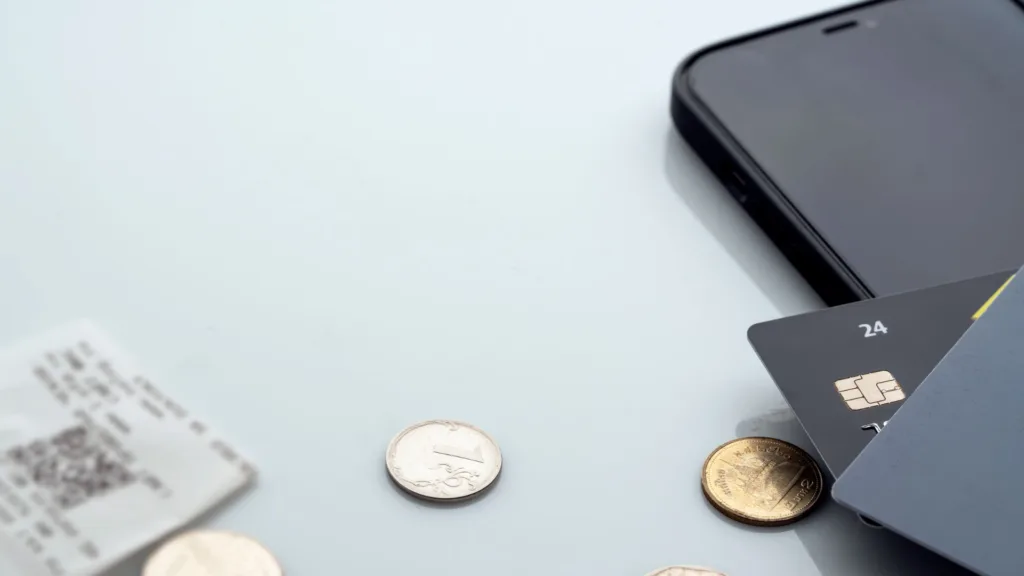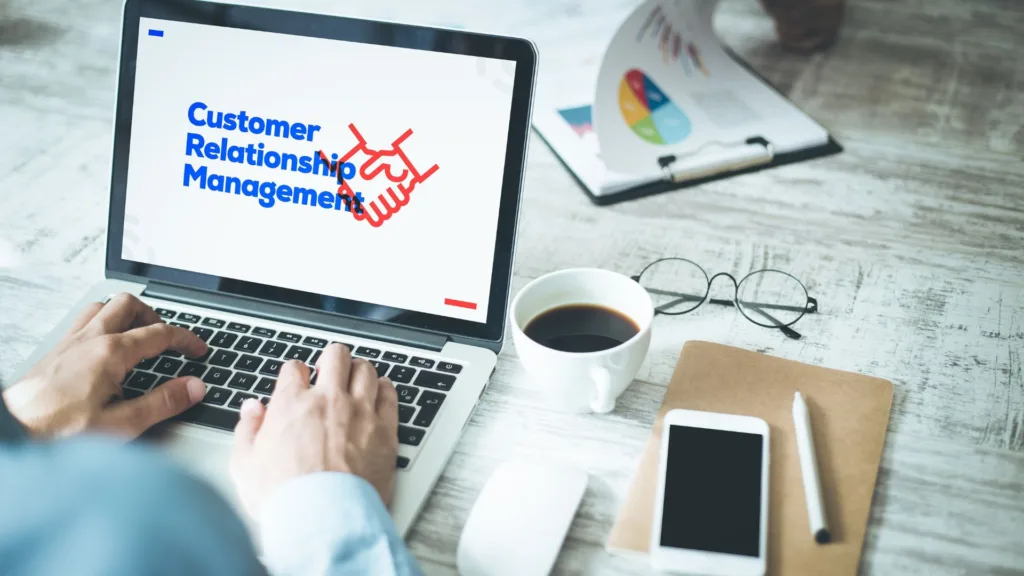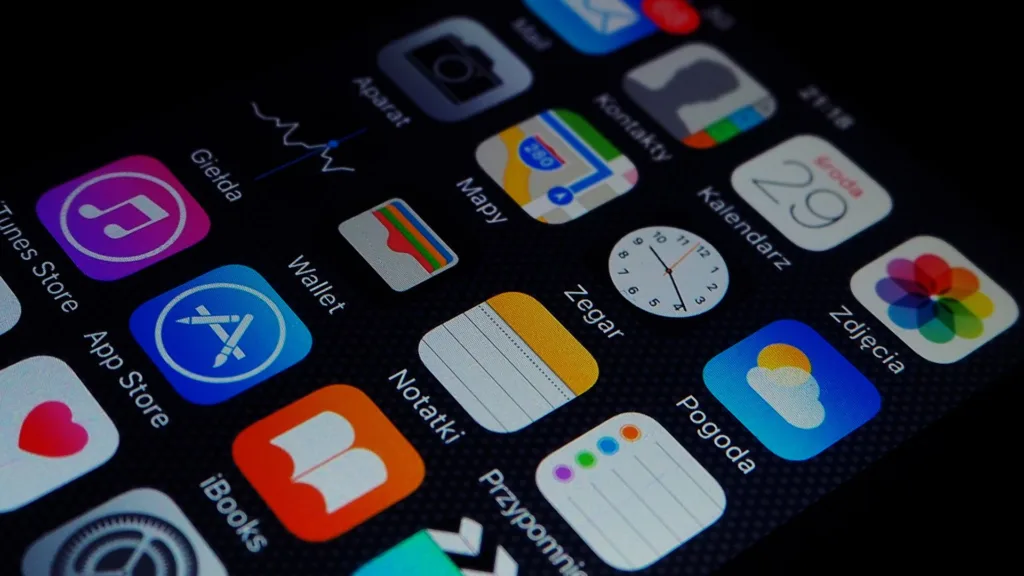By Morten Suhr Hansen
You’ve probably encountered it in several places! The option to purchase a subscription directly within an app, either on your iPhone or Android phone. It’s super convenient for you as a consumer. One click, and you’ve purchased the subscription, and if you’re a bit savvy as a subscription customer, it’s also relatively easy to manage your subscriptions – including canceling them when you no longer need them.
Right now, I have six active subscriptions through the App Store (and numerous inactive ones). One is Danish, namely Podimo, but otherwise, it’s overwhelmingly foreign subscriptions that I purchase that way.

Indeed, not all subscription businesses take advantage of the opportunity to sell ‘in-app subscriptions’, and there are several reasons for that. It’s also one of the questions I get asked most frequently: Is it a good idea to sell subscriptions directly through the Apple App Store and Google Play? Like with many other major subscription questions in life, it’s not simple to answer, but let me unfold some of the considerations.
App Store and Google Play provide access to a major network of customers
First, let’s look at some figures for the size of subscription markets hiding within the two major app platforms, namely the Apple App Store and Google Play. Currently, there are around 9 million apps available across categories such as games, news, health, business, dating, sports, streaming, and entertainment. Of these, 13 percent, or more than 1.1 million apps, offer the option to purchase a subscription.
This also translates into revenue. About 94 billion DKK flows through subscriptions on the App Store, while Google Play accounts for approximately 33 billion DKK. That is, in total, around 127 billion DKK. Moreover, this figure is expected to grow by 13.1% annually from 2021 to 2025.
In other words, it’s a gigantic ecosystem for subscriptions that companies gain access to. With millions of customers on the other end. This is, of course, a significant advantage.
The other major advantage revolves around convenience. As mentioned in the introduction, it’s incredibly easy for consumers, which translates into higher subscription conversions compared to apps where you have to purchase the subscription outside the app. We know this from some of the customer cases we’ve worked with.

It’s then a ‘no-brainer’ to immediately jump on the ‘in-app subscription’ bandwagon, right? Not quite!
A significant cut to Apple and Google holds many back
What holds many back is the payment that Apple and Google demand for selling subscriptions through their solutions. It’s common knowledge that Apple takes 30% of the revenue. Less known is it that there are some exceptions to this rule.
30% is the standard. But after a subscription has been active for 12 months, the share is reduced to 15%. Apple rewards companies that excel at creating long-term customer relationships. Equally important, perhaps, is it that Apple has a ‘Small Business Program’, meaning that companies with an annual subscription revenue through the App Store of under USD 1 million also only pay 15% of the total revenue.
For Google Play, the standard for apps is also 30%, but for subscriptions, Google ‘only’ charges 15% of the total amount.
In other words, if a Danish app expects that 75% of the subscription revenue comes from Apple, and the rest from Google, then you need to exceed 9 million DKK in subscription revenue before the share exceeds 15%.
Is it too high a price to pay? It depends on how easy access you already have to your customers. How easy it is to get them on board without Google and Apple. In my opinion, the question of payment to Google and Apple should not obstruct thorough considerations. Much is also gained by access to the two ecosystems.
Limited access to customers and customer relationships.
There are, of course, other important considerations to be made when choosing the platform for selling subscriptions. If you choose to sell your subscriptions through Google Play and the App Store, you are completely subject to the guidelines that apply to the two regarding which subscription products you can sell and the guidelines for sales and marketing, including the use of trial periods.

At the same time, the direct customer relationship is not yours but rather Google’s and Apple’s. Subscribers will often be anonymous to you, and this can limit the opportunities to recognize your customers across different platforms, with the limitations it can bring in terms of collecting customer data and understanding customer preferences.
Does this mean that you cannot communicate with your subscribers at all? No, there are quite good tools available to manage customer relationships through Google Play and the App Store, including the ability to communicate with them regularly. You just may not necessarily know who they are.
Hence, there are some serious considerations to make before the final decision is made.
Consider whether a hybrid approach could be the way forward
One way to go, especially for slightly larger subscription businesses, may be to consider using a hybrid approach by both offering subscriptions directly in the app and allowing the option to purchase the subscription through other channels (typically a webshop). Take a look at Strava, one of the world’s largest health apps, to see how this can be done effectively and elegantly.
This solution can provide the best of both worlds: the vast network through Google and Apple, combined with building your own subscription base with greater economics and a direct customer relationship.

Spotify has also used this strategy for many years. However, it has resulted in many battles with Apple, which has attempted to restrict Spotify’s ability to inform users within the app about other ways to subscribe. The European Commission has just ruled on a complaint filed by Spotify and imposed a massive fine of 14 billion DKK on Apple for this anti-competitive behavior. Apple has appealed the decision, so it has not yet changed the terms for everyone else. But a softening may be on the way on this front as well.
Unfortunately, I cannot give a clear recommendation for or against in-app subscriptions. It depends on several factors specific to your business. But my clear assessment is that more should consider this direction. Many dismiss the opportunity too quickly. Several Danish subscription businesses could benefit from the advantages of having access to many subscribers.


